What's the Purpose of Starter Shingles?
February , 2024 | 8 min. read
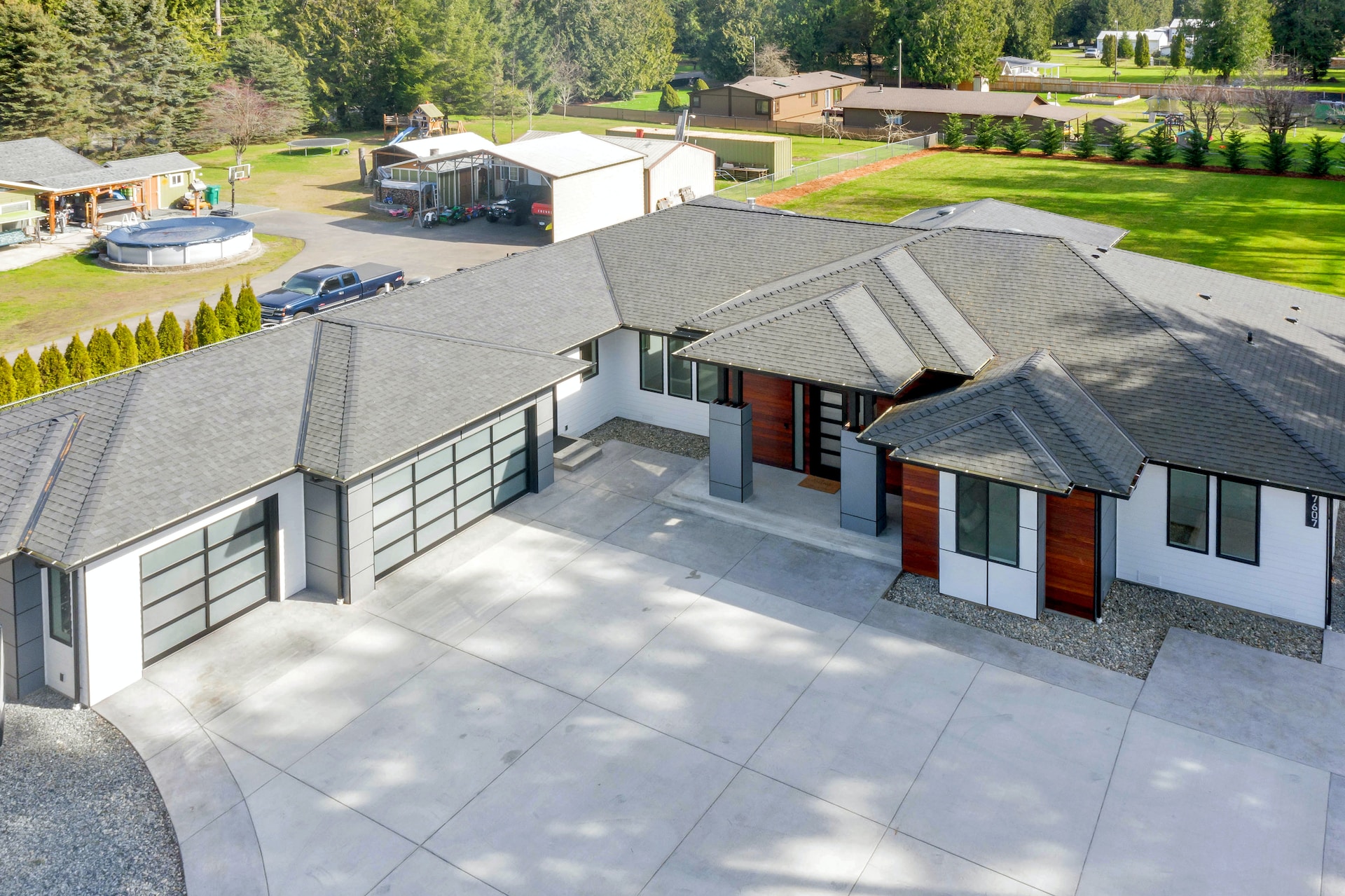
Ever wondered about the important parts of your roof that often go unnoticed? Picture this: the edge of your roof where shingles begin – a spot vulnerable to wind, rain, and other elements. Maybe you've noticed issues around these areas, like shingles lifting or water seeping in. That's a common concern for many. What if there's a simple solution that can make a big difference? That's where starter shingles come into play, and understanding their purpose can save you from potential headaches.
At RoofCrafters, we've been in the roofing industry for 30 years. We know roofs inside out – the good, the bad, and the tricky. Starter shingles might seem small, but they're a big deal. Think of them as the bodyguard of your roof, shielding it from the elements and setting the stage for the rest of the shingles. No need for complicated terms; we're here to make roofing make sense for you!
Here's our promise: straightforward, expert guidance. We're all about making roofing easy to understand. We want you to know the ropes, especially when it comes to essential components like starter shingles. You don't need to be a roofing expert; that's what we're here for. We'll share our knowledge, simplify the roofing jargon, and guide you toward a solid, worry-free roof. Let's unravel the mystery of starter shingles together and ensure your roof is tough, dependable, and ready for anything.
What are Starter Shingles & How Do They Function?
Starter shingles are an essential but often overlooked element in roofing systems. Positioned along the eaves and rakes, they serve as the initial layer of defense at the edges of your roof. While they may seem like a simple component, their functionality is crucial to the overall performance of your roof.
The primary purpose of starter shingles is to provide a secure foundation for the first row of regular shingles. Without them, the edges of the roof would be exposed, leaving vulnerable points that are prone to water infiltration, wind damage, and other potential issues. Starter shingles are designed to create a stable base, ensuring that subsequent shingles adhere firmly and remain in place.

One key feature of starter shingles is the presence of a sealant strip. This strip is activated by sunlight and plays a vital role in forming a strong bond with the regular shingles above. This bond creates a weather-resistant barrier that prevents water from seeping underneath the edges, ultimately protecting the integrity of your roofing system.
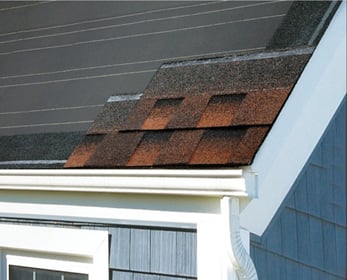
In essence, starter shingles function as the groundwork for the entire roofing structure. Their installation is a critical step in fortifying the roof's edges and enhancing its resilience against the elements. While they might not be the most noticeable part of the roof, their contribution is significant in ensuring the longevity and effectiveness of the entire roofing system!
How are Starter Shingles Installed?
Installing roof starter strips is a crucial step in the roofing process, and it involves careful attention to detail to ensure a secure and effective foundation for the rest of the shingles. Here's a breakdown of how roof starter strips are typically installed:
1. Preparation:
- Begin by preparing the roof deck, ensuring it is clean, dry, and free from any debris or protruding nails.
- Check the eaves and rakes to ensure they are straight and properly aligned, making adjustments if necessary.
2. Material Selection:
- Choose starter shingles that are compatible with the main roofing shingles in terms of material, color, and design.
- Ensure that the starter shingles have a sealant strip along the bottom edge, as this is essential for creating a secure bond.
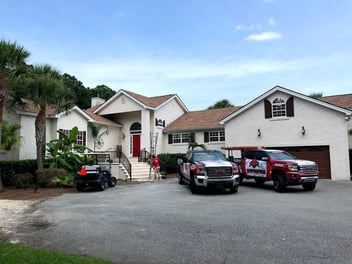
3. Placement:
- Starter strips are applied at the eaves and rakes of the roof, starting from the bottom edge and working upward.
- Align the bottom edge of the starter strip with the edge of the roof, ensuring a straight and uniform placement.
4. Overhang and Alignment:
- Allow a slight overhang of the starter strip at the eaves to ensure proper coverage and protection.
- Maintain consistent alignment by ensuring each starter strip is parallel to the roof's edge.
5. Nail Placement:
- Secure the starter strips in place by nailing them along the tar line just above the sealant strip.
- Place nails at regular intervals, typically around 6 to 8 inches apart, ensuring they penetrate the roof deck.
6. Interlocking Design:
- Install the starter strips in a way that allows for interlocking with the first row of regular shingles.
- The interlocking design enhances the overall stability of the roofing system.
7. Sealant Activation:
- As the sun hits the roof, the sealant strip on the starter shingles is activated, forming a strong adhesive bond with the first row of regular shingles.
8. Inspection:
- Conduct a thorough inspection to ensure that each starter strip is securely fastened and aligned properly.
- Check for any visible defects or misalignments that could compromise the effectiveness of the installation.
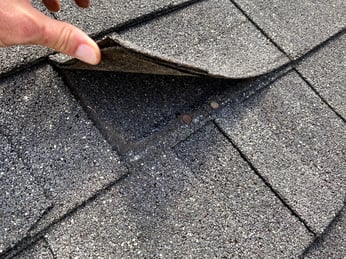
9. Continued Installation:
- Once the starter strips are in place, the installation of the main roofing shingles can proceed seamlessly, with the starter strips providing a stable foundation for the rest of the roof.
This phase of the roof replacement process is often overlooked by homeowners. I mean, who can remember all those steps, anyway? But just as laying shingles on the roof is essential for your home to have coverage from the elements, starter strips are vital for your system.
How Long Do Starter Shingles Last?
The lifespan of starter shingles for roofs is closely tied to various factors, including the quality of the materials, climate conditions, and the overall maintenance of the roofing system.
Material Quality: The longevity of starter shingles is influenced by the quality of the materials used in their manufacturing. High-quality asphalt or fiberglass starter shingles, commonly used in the roofing industry, can withstand the elements and provide lasting protection. The presence of additives and sealant strips further enhances their durability.
Climate Conditions: The climate in which a roof is situated plays a significant role in determining the lifespan of starter shingles. Harsh weather conditions, such as extreme heat, heavy rainfall, or severe cold, can impact the wear and tear of roofing materials. UV exposure, in particular, can affect the integrity of the shingles over time.
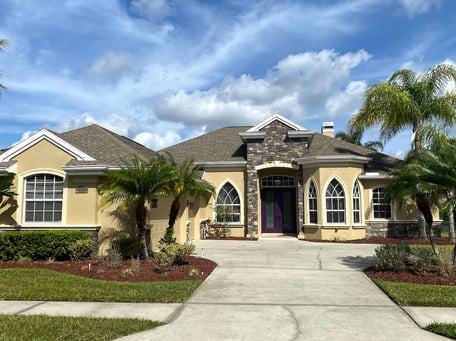
Installation Quality: The proper installation of starter shingles is crucial for their longevity. If installed correctly, with appropriate alignment, nailing, and interlocking with the main roofing shingles, starter strips contribute to a stable and secure roofing system. Poor installation practices can lead to premature degradation and reduce their overall lifespan.
Maintenance Practices: Regular roof maintenance, including inspections and repairs, can significantly extend the lifespan of starter shingles. Addressing issues promptly, such as replacing damaged or missing starter shingles, helps prevent more extensive damage to the roof. Additionally, keeping the roof clean from debris minimizes the risk of moisture retention and mold growth.
Manufacturer's Warranty: The manufacturer's warranty for starter shingles often provides insights into their expected lifespan. High-quality manufacturers typically offer extended warranties, reflecting their confidence in the durability of their products. Homeowners should be aware of the warranty terms and conditions to understand the coverage period.
Average Lifespan: While specific lifespans can vary, well-installed and quality starter shingles can generally last anywhere from 15 to 25 years or more. However, this estimate is a general guideline, and actual longevity depends on the factors mentioned earlier.
As you can see, the lifespan of starter shingles is heavily influenced by material quality, climate conditions, installation practices, maintenance, and warranty coverage. Prioritize high-quality materials and proper installation to ensure your starter shingles contribute to a resilient and long-lasting roofing system. Regular inspections and maintenance further enhance their durability over time, as well. But when in doubt, talk to a roofer!
Starter Shingles are Essential for Your Home
At RoofCrafters, we know that your roof is more than just a cover; it's a reliable shield for your home and everything inside. Our commitment to quality extends to every part of your roof, including these starter shingles. We've seen firsthand how choosing the right materials and ensuring precise installation can make a real difference in the performance and lifespan of a roof.
Picking the correct starter shingles, understanding their purpose, and taking proactive care are key steps in maintaining a sturdy and long-lasting roof. As you take steps to protect your home, remember that even small components, like starter shingles, contribute significantly to the overall strength of your roof. Whether you're guarding against the sun, weathering storms, or just standing the test of time, informed decisions about your roofing components matter. The benefits go beyond what you see, ensuring that your home remains a reliable and comforting shelter for years to come.
Ultimately, it's not just about changing a roof; it's an investment in the lasting health of your home. Let RoofCrafters guide you in making sure every layer, from starter shingles to the top, serves its purpose with unwavering strength. Here's to a roof that stands tall, offering security and peace of mind – a testament to the work of our family at RoofCrafters.
My name is Anthony, and I am the lead estimator of RoofCrafters’ Georgia/South Carolina division. The roof is the most important part of a structure, and people count on that to protect themselves and their families. That is one of the many reasons why I love my job and enjoy coming to work every day. The continuous training, honesty, and providing the customer with the Roofcrafters experience is what makes me the best in the business.




